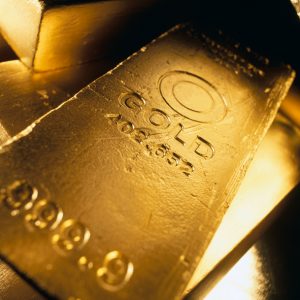If we experience a debt crisis, as many economists believe is inevitable, many people believe that their holdings of gold and silver bullion will be confiscated, just as in 1933. This article reviews the probability of confiscation and compares it to other more likely measures to generate government solvency.
An appropriate starting point when addressing concerns about gold confiscation is to define the word ‘confiscation.’ Merriam Webster says ‘to seize or buy as if by authority’ and ‘to seize without compensation as forfeited to the public treasury.’ Almost without exception, it is expropriation that is the actual risk, not confiscation. Confiscation, as in forfeiture, is usually the result of theft, treason, insurrection, war or genocide. Expropriation is defined as ‘to take (property) of an individual in the exercise of state sovereignty’ (Merriam Webster). The key difference between confiscation and expropriation is the appropriate compensation of the individual for the transfer of his or her property.

For the person thinking “I’m not convinced that a confiscation won’t happen, I’ve heard that the United States confiscated gold in 1933,” this is hearsay, not the truth. To put the events of 1933 into context, consider that, from 1900 until 1933, a US dollar was convertible into gold at a ratio of $20.67 per ounce, even through the depths of the Great Depression. Because of the hardship of the Depression, there were bank runs and bank failures and, as people lost all confidence in the US dollar, gold could not be obtained for its fixed price of $20.67. Recognizing that lack of confidence in the dollar was an enormous problem, and with the government’s hands tied regarding printing additional currency to alleviate the currency shortage and lack of dollars in circulation, President Franklin D. Roosevelt took drastic action and did three things. He eliminated the convertibility of the dollar into gold, making the ownership of gold coins and bullion illegal for US citizens anywhere in the world; after obtaining all the gold he was likely to get, he changed the fixed price of gold to $32.32; then later changed it to $35, a nearly seventy percent devaluation of the dollar.













Leave A Comment